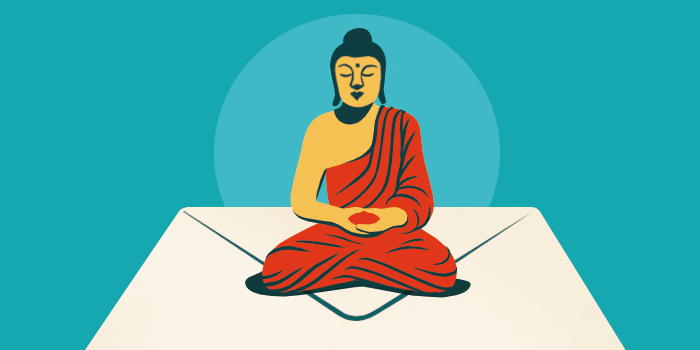The Infinite Lifespan of the Buddha
“The Life Span of the Thus Come One,” Chapter 16 of the 28 chapters of the Lotus Sutra, the central text of Nichiren Buddhism, is chanted twice daily by Nichiren Buddhists during gongyo practice. That chapter has long been thought to contain the essential message of the sutra. In it, the Buddha offers the parable of a skilled physician whose children have accidentally swallowed poison. Having lost their minds, the children refuse the antidote their father offers them, so he contrives a plan. He travels to a remote location and sends a message informing the children that he has died. Shocked to their senses by this news, the children finally take the medicine their father left for them and are instantly cured.
In the parable, the Buddha is the skilled physician and all living beings are his children. The poison is delusion, and the teachings of the Lotus Sutra provide the antidote. The disciples will embrace the teachings fully only when they take responsibility for their own spiritual lives. The message is clear: faith is essential, but faith alone is not enough. Living beings can never attain Buddhahood without making vigorous efforts of their own.
In Nichiren Buddhism this concept becomes the mandate to “have faith . . . and take action”—a robust, hands-on approach to the spiritual life. Nichiren Buddhists chant twice daily with the faith that their inherent Buddhahood will allow them to overcome any obstacle, but they never rest on the assumption that this will happen on its own. Faith inspires action, and action deepens faith. These actions may be of a very practical nature—seeking higher education, for example, or applying for a better job—or they may involve confronting and overcoming difficult obstacles as in the case of those struggling against injustice, prejudice, or oppression.

Tricycle is more than a magazine
Gain access to the best in sprititual film, our growing collection of e-books, and monthly talks, plus our 25-year archive
Subscribe now